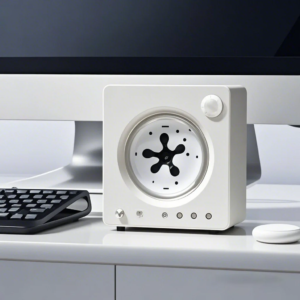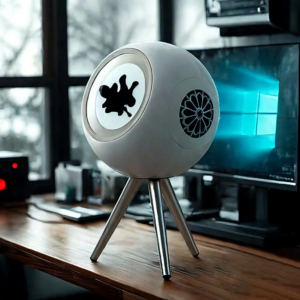Es befinden sich keine Produkte im Warenkorb.

The Best Keyboards of 2024: A Comprehensive Guide
Why Explore Keyboards?
In 2024, I tested over 50 keyboards to find the best for you. Keyboards are highly personal, so preferences vary widely. Thus, one person’s favorite might not suit another. This guide covers top picks for beginners, gamers, and budget shoppers. Moreover, it includes keycaps, switches, and customization tips. All recommendations are hot-swappable, in stock, and personally tested. Links to products are provided below for easy access.
Starting with Keychron: The Good Enough Choice
Keychron keyboards are a solid starting point for many. They’re reliable but not the best value. However, their Q series offers aluminum builds from $135. The LMO Key P1, a 75% keyboard, stands out. It’s hot-swappable, supports VIA software, and outperforms other Q series models. Meanwhile, avoid the K and V series unless you’re on a tight budget. Keychron keyboards often need modding to shine, but they’re a safe bet for beginners.
Beyond Keychron: Better Alternatives
Keychron isn’t alone in the “good enough” category anymore. Brands like Varmilo, Epomaker, and YUNZII offer compelling options. For instance, Varmilo’s Sword 68 rivals Keychron’s Q series. It delivers better switches, keycaps, and build quality. Moreover, Varmilo excels in silent keyboards, like the Manilo 98. Priced at $160, it offers stunning design and quiet switches, ideal for shared spaces. However, customer support may lag with these brands.
Silent Keyboards for Quiet Typing
Silent keyboards gained traction in 2024. Varmilo’s Manilo 98, with its silent switches, is a top pick. It comes in ISO layouts for European users. Meanwhile, the Epomaker Galaxy 80 and Tide 75 provide decent builds and switches. However, they sacrifice some customizability. For beginners, the A.JAZZ Gem 80 is a great customizable option. Its vibrant case colors and switch variety make it fun, though it’s pricier once customized.
The Rise of Budget Keyboards
Budget keyboards dominated 2024, offering incredible value. The Rainy 75, at $140, sets the standard with excellent build and switches. Similarly, the Leobog Hi75 and Chilkey ND75 impress with aluminum cases. Moreover, the W.MEIR SK75 and Monsgeek M1 V3 add features like screens and magnetic assembly. These keyboards, starting at $130, rival pricier models. Thus, budget options are now nearly perfect for most users.
Keycaps and Switches: Personalizing Your Setup
Switches and keycaps define your keyboard’s feel and look. In 2024, HMX switches, like the Butter switches, led the pack. They offer great sound, feel, and reliability. Meanwhile, keycap group buys declined, limiting creative options. However, Drop DCX keycaps provided diverse in-stock colors, including Lord of the Rings collabs. Choose keycaps that match your layout and prioritize switch feel over sound for comfort.
Gaming Keyboards: Hype vs. Reality
Gaming keyboards in 2024 were a mixed bag. Hall effect keyboards, like Wooting’s models, promised faster reactions. However, they often sacrificed sound and build quality. For instance, the BOO 75 has great build but weaker software. Meanwhile, Corsair’s K65 Plus and Logitech’s X Pro 60 disappointed with high prices and poor performance. Thus, unless you’re a pro gamer, regular keyboards offer better value than hyped gaming models.
Low-Profile and Ergonomic Options
Low-profile keyboards peaked in 2024. Lowrey’s Flow sounds incredible, while the IIUX Magic 65 excels in 65% layouts. Ergonomic keyboards, like the Fall Board, are niche but innovative. However, they’re not for everyone. For ergonomic insights, consider a professional assessment before buying. This ensures your setup suits your needs, especially if you prioritize comfort over style.
Hyper-Budget Keyboards: Affordable Gems
Hyper-budget keyboards, from $25 to $50, surprised in 2024. Models like the Hexgears M2 are decent with upgrades. Meanwhile, the YUNZII B75 Pro and W.MEIR SK71, around $65, offer aluminum cases and solid performance. For extreme budgets, AliExpress options like the Lucky 65 work well. However, saving slightly more gets you a near-perfect keyboard, reducing the need for frequent upgrades.











Kommentar hinzufügen